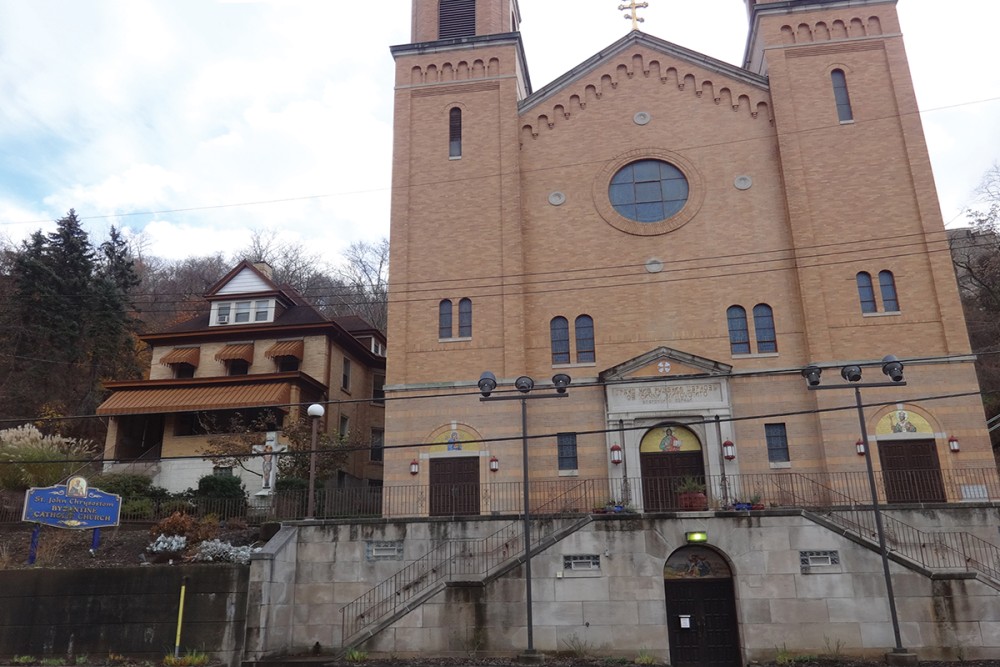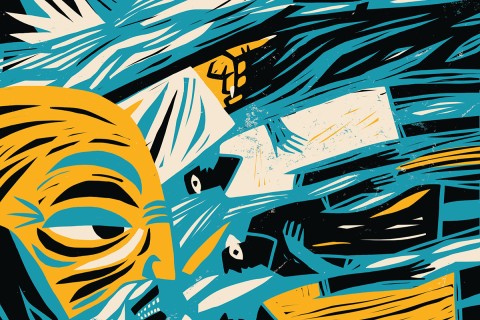Byzantine and Catholic
Millions of Christians worship like the Orthodox but are aligned with Rome. Andy Warhol was one of them.

The Brooklyn Museum currently has a stunning exhibition titled Andy Warhol: Revelation (through June 19). The show is indeed a revelation in its emphasis on the spiritual dimensions of Warhol’s work, and it properly stresses its intimate relationship with the religious tradition in which he grew up, with its ancient traditions of icon painting. Warhol’s antecedents—the family name was originally Warhola—lay in what we would now call eastern Slovakia, where the prevailing tradition was Byzantine Catholic.
That combination of names might puzzle many American Protestants—how can you be both Byzantine and Catholic?—but it speaks to a potent spiritual phenomenon found across very different parts of the Christian world.
Historically, Catholic and Orthodox churches diverged substantially, over patterns of liturgy and devotion, disciplinary matters such as priestly celibacy, and simple customs. (How exactly should you cross yourself? And how many times?) The key division, however, was acknowledgment of the supremacy of the Roman pope. Over time, different Christian populations encountered each other in a variety of ways—sometimes through evangelism, sometimes through conquest—and a new synthesis emerged. Some groups from Orthodox or Oriental Orthodox traditions accepted papal headship and entered full communion with the Roman Catholic Church, but they retained most of their older customs. Although Catholic by obedience, their churches continue to look and sound Orthodox.





